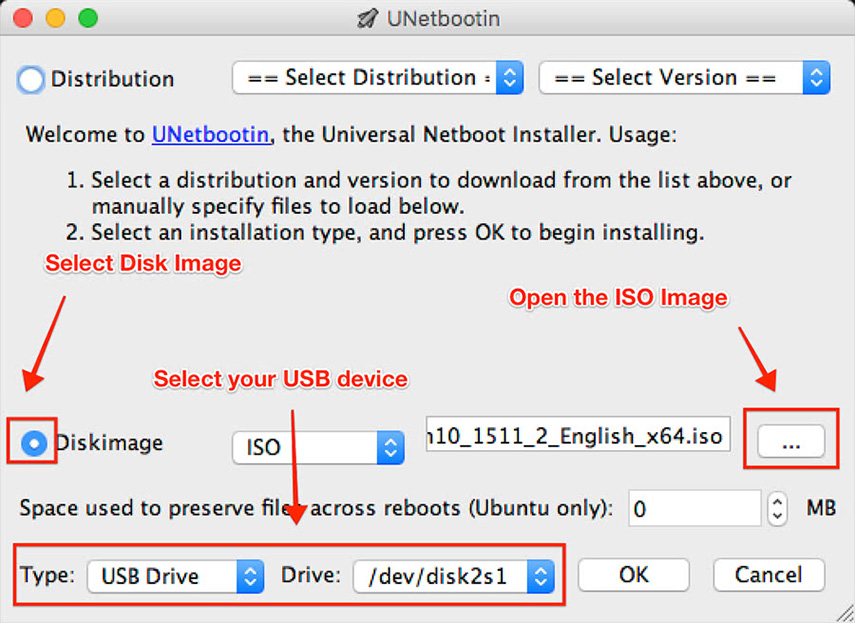
We recommend EaseUS Partition Master for this reason. While the native Windows methods are sufficient to address any hard drive/USB drive formatting issues, it may be worth considering external software if you’re looking for extra functionalities. Ignore the “Inserting disk” part, press Enter, and enjoy your newly-formatted drive.Ħ. The command will ask you to insert a new disk and press Enter.Right-click on the drive in a File Explorer window and choose “Format” from the menu that pops up.The process is the same for both internal and external storage devices. The most popular way to format a storage device, and arguably one of the easiest, is directly through Windows’ built-in File Explorer utility. Next, let’s take a look at some ways you can format your USB drive in Windows 10 and 11. * Flash drives if you want to work with files larger than 4GB * May need additional drivers to get exFAT compatibility on Linux * Provides an unlimited file and partition size * Devices that need to be plugged into a variety of operating systems

* Removable storage devices such as USB flash drives * Cannot handle single files larger than 4GB, so you can’t copy a 5GB file in a FAT32 system * Compatible with all major operating systems Here is a breakdown of the pros and cons of each file system. Windows 10 and 11 offer three file system options when formatting a USB drive: FAT32, NTFS, and exFAT. Support for various file systems varies depending on your operating system. File systems are ways of organizing data on a storage device (such as a hard drive or an SD card). Before you format your USB drive, you need to think about which file system you should use.


 0 kommentar(er)
0 kommentar(er)
